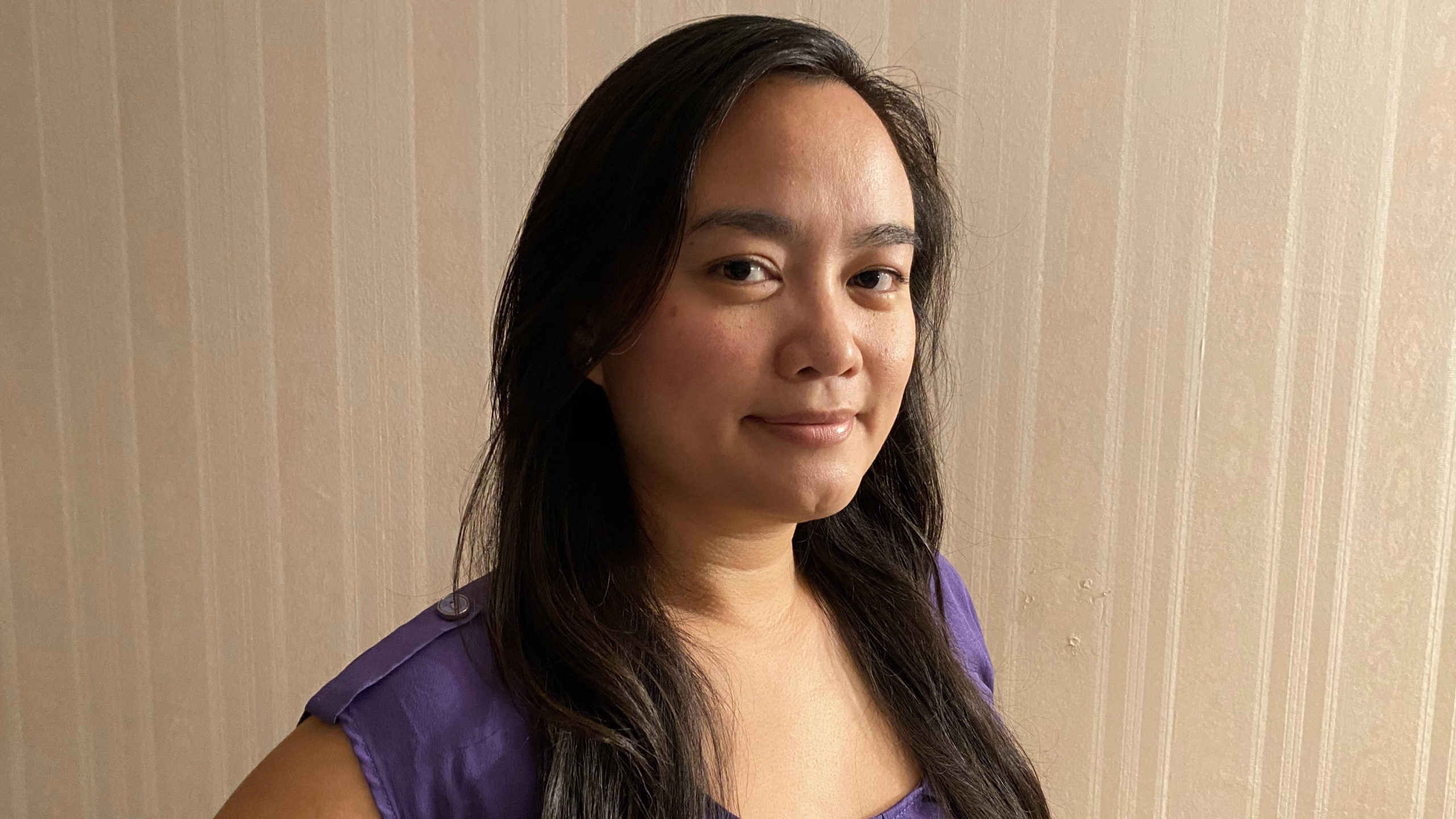Before March of 2020, I rarely took time to break down the recipes of my favorite dishes. I labeled my meal creation methods “assembling” rather than “cooking,” as I would simply put together edible items I had on hand.
Breakfast was typically store-bought mini bagels with strawberry cream cheese, a bowl of cereal and almond milk, or pre-cooked packages of Portuguese sausages and rice topped with furikake.
On weekdays, I’d “assemble” tacos, salads, chips, and dip, or grab a quick pre-made poke or beef bowl from one of the many stores and restaurants livening up my Ala Moana neighborhood. On weekends, I would enjoy pancake or dim sum brunches with friends, try a new lunch or dinner spot, or indulge in drive-thru fast food.
I felt a certain pride with the amount of flexibility I had—enjoying the perks of being a single-person household and having easy access to cooked dishes.
Then a pandemic brought the world to its knees. Like most people in Hawaii, I rushed to the grocery stores and stocked up on non-perishable items in the beginning of March, in response to speculation of limited supplies in a lockdown to suppress the spread of COVID-19.
After a few days at home with my arsenal of pre-packaged food, I realized I didn’t prefer canned goods. As if to drill the lesson that “convenient” food was not the way to go, the Universe, some higher power, a deity, or literal faulty wiring caused my microwave to short-circuit and break down a week after Hawaii’s local government mandated a quarantine.
I was locked down in my home, without a microwave and with a newfound distaste for canned and pre-packaged food. I still had to eat, but restaurants were out of commission and I knew I couldn’t survive on fast food alone.
I could only “assemble” so many meals before I got tired of the same menu rotations. I used meal delivery services at the beginning of the quarantine and felt good about feeding myself while supporting local businesses. Yet I soon realized this was not sustainable, as consistent restaurant meals and delivery fees were getting expensive.
I started making easy, home-cooked meals, beginning with farfalle pasta with chicken, mushrooms, and cream sauce; it was delicious, easy, and filling. Spending time in the kitchen boiling, sautéing, chopping, and mixing made me feel like I had accomplished a little victory. I then continued to make my own desserts, baking brownies and cupcakes. My oven was finally being put to good use.
In the following days, likely triggered by their inaccessibility due to the pandemic, I craved certain foods I could only get through specific restaurants or at family and friends’ gatherings featuring seemingly intricate cooking methods.
Faced with the combination of time on my hands and social distancing restrictions, I looked up these dishes’ recipes to try them myself. I wound up creating kare-kare (peanut butter stew) and ginataang bilo-bilo (sticky rice balls in coconut milk), comfort foods for anyone with a Filipino soul. I made coctel de camarones one weekend, since I missed the Mexican cuisine I grew up with in San Jose. I cooked a loco moco—a dish I hadn’t created from scratch since 2010. I even bought a bag of potatoes and presented them to myself in different iterations: baked, scalloped, and wedges.
I sheepishly look back at what I see as a misguided source of pride before the pandemic—the perceived freedom of defaulting to convenient food. Making my own meals on a daily basis was humbling and time-consuming, sometimes causing me to nick or burn my fingers with all the chopping and heat.
It was also therapeutic and healthier. Cooking and baking made me truly grateful for all the resources—the restaurants, stores, farms, and fisheries—providing me and my community with prepared dishes and fresh ingredients. This pandemic has been a clear reminder for me to appreciate the collective around me who nourishes my body, mind, and soul.




